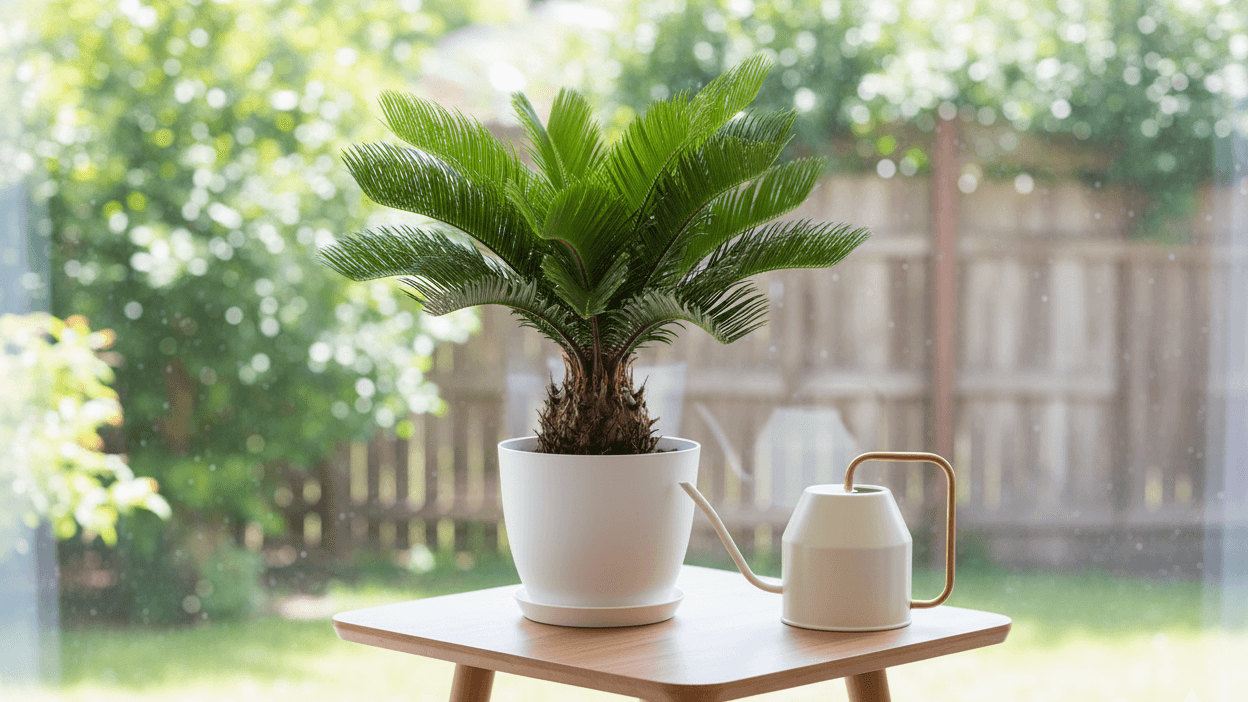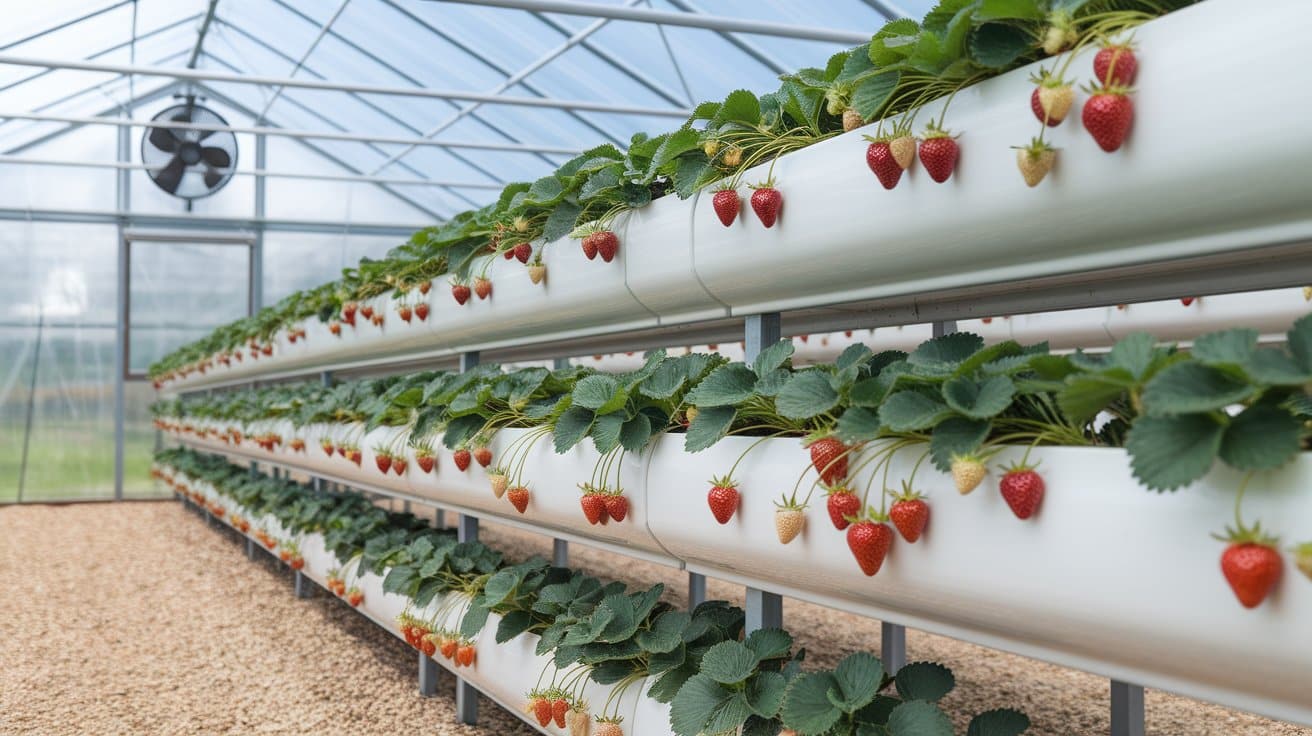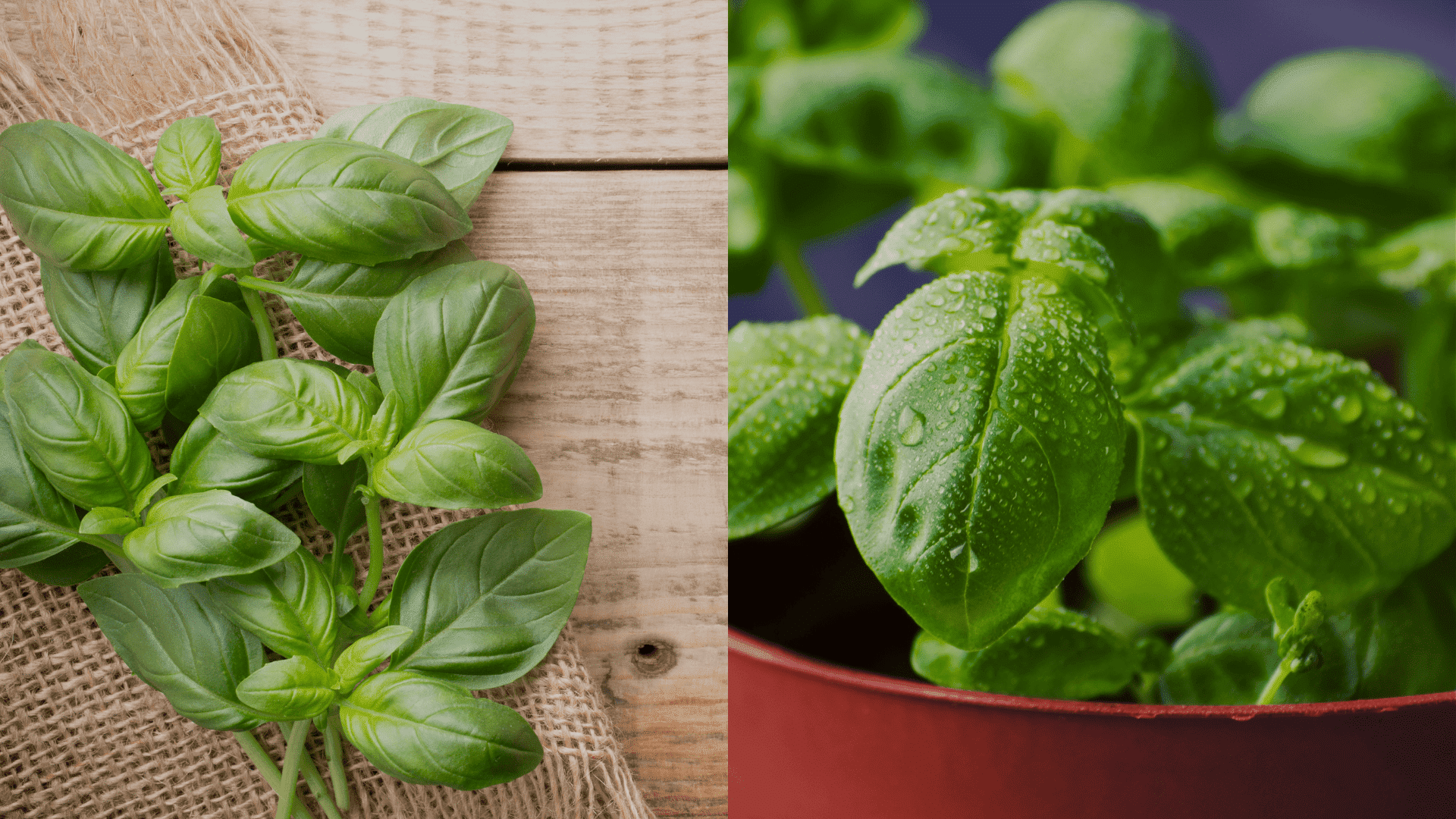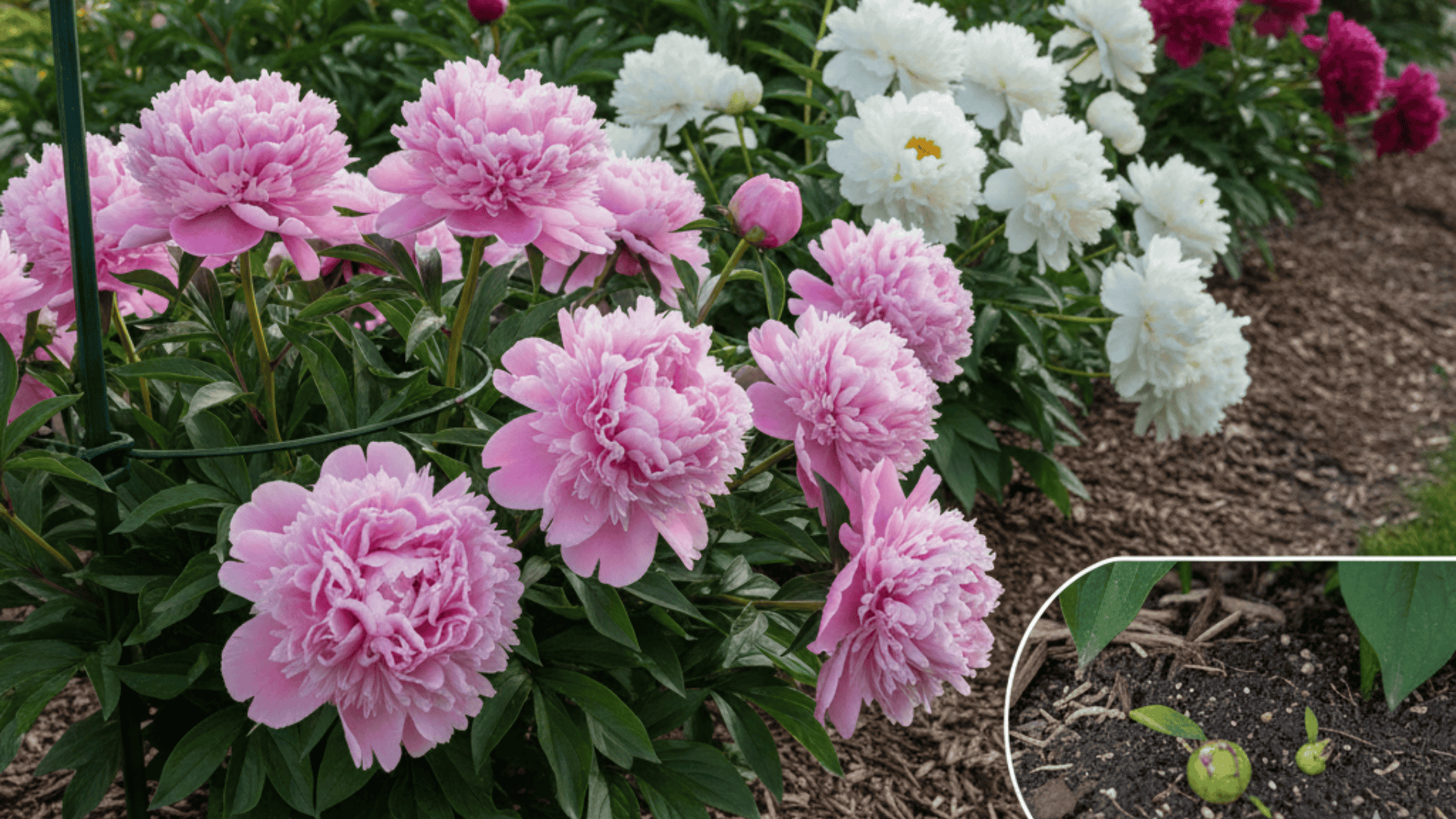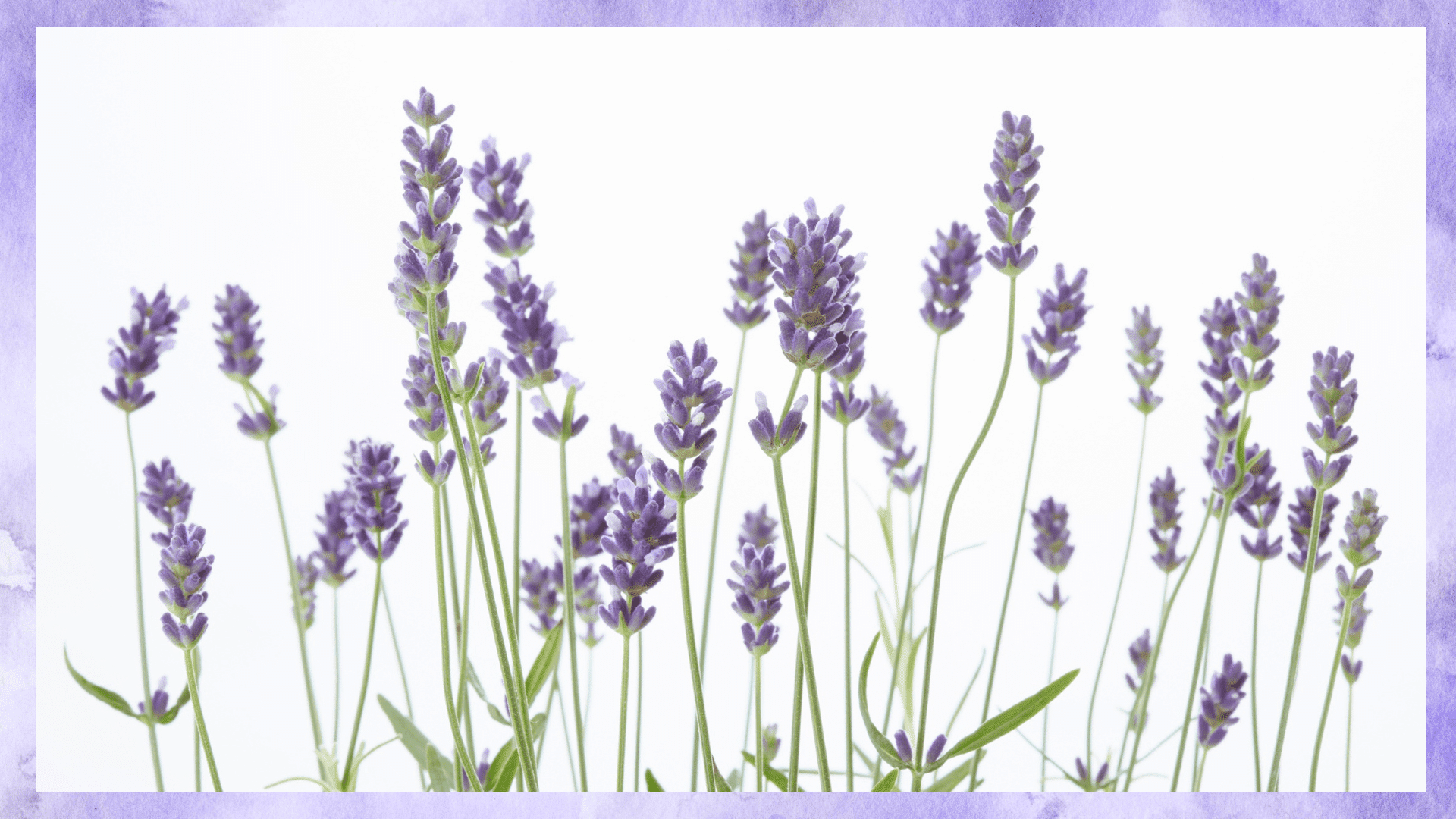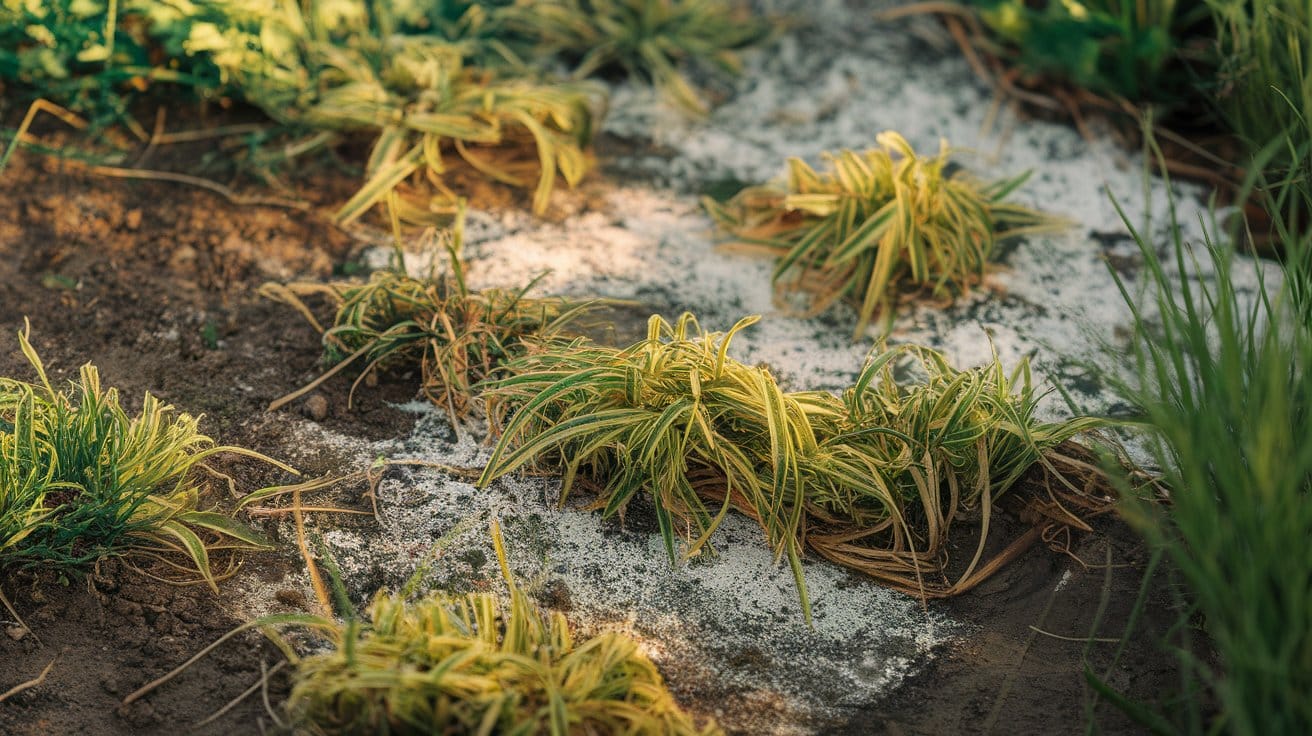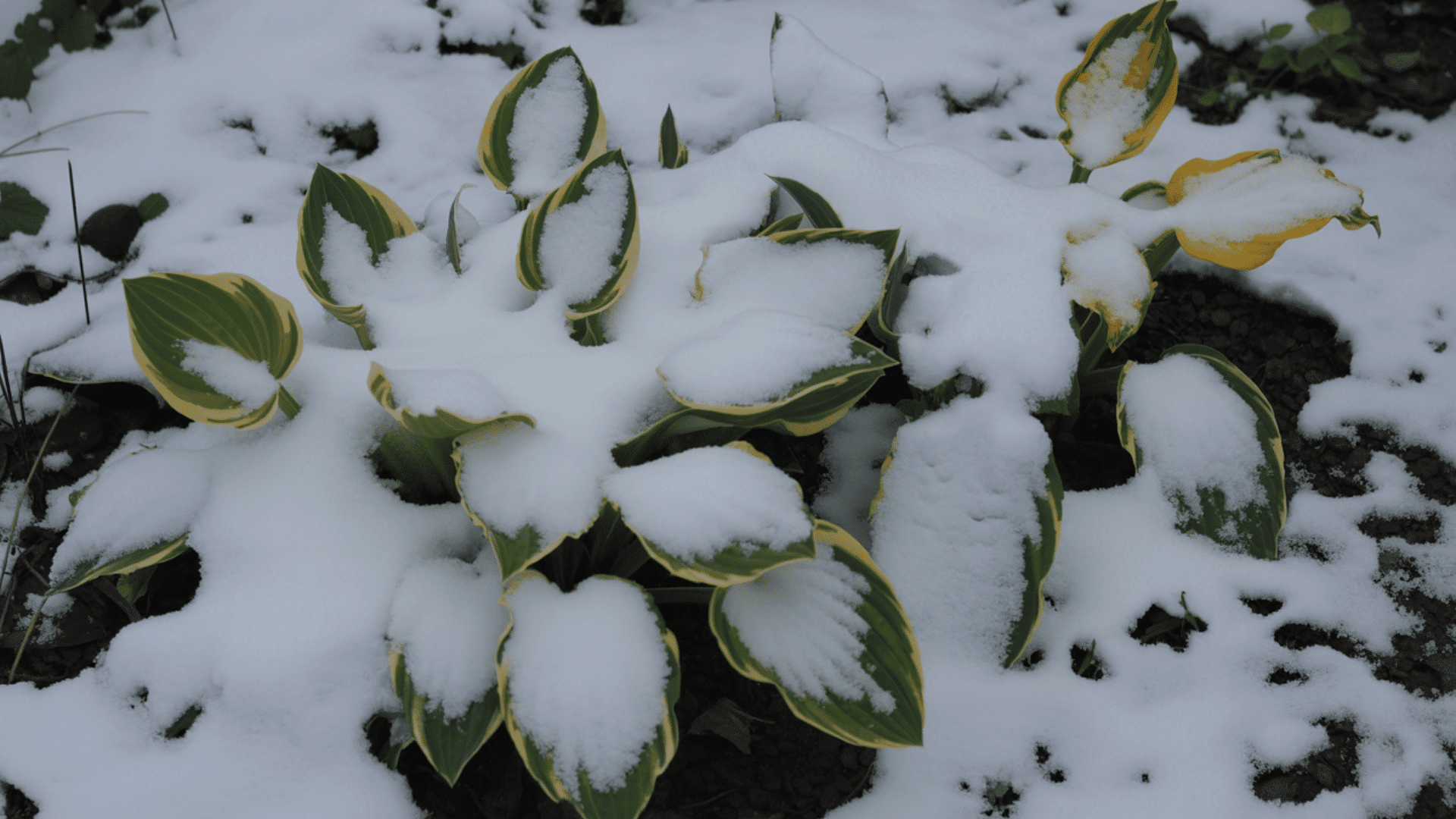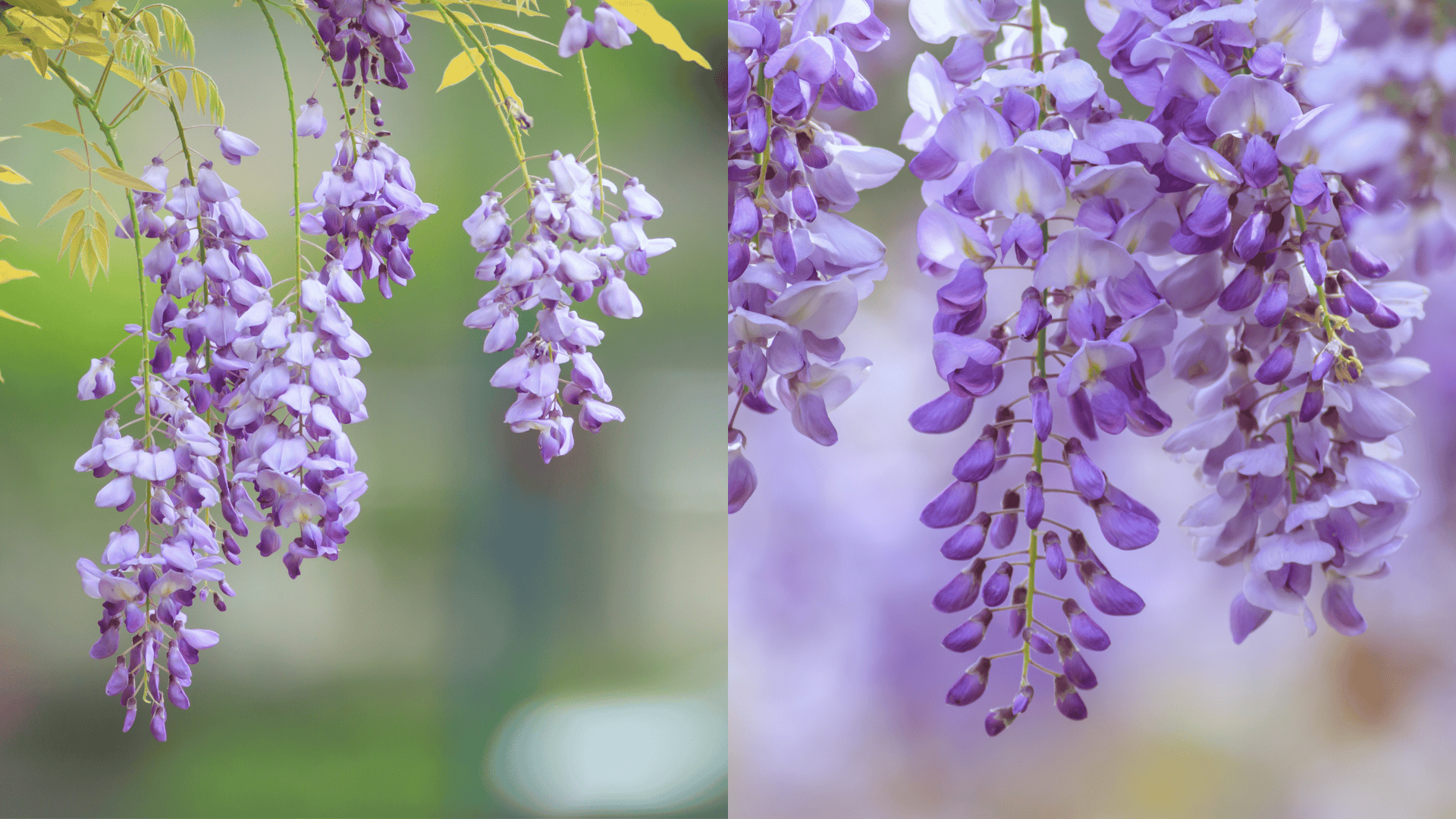Searching for a low-growing, tree-like tropical plant that resembles an actual palm?
The sago palm tree, with its long green fronds and dark green leaves, serves as the perfect ornamental plant for both indoor and garden settings.
Most gardeners find it a perfect green companion that looks good without requiring endless maintenance.
They are often considered bonsai projects due to their drought tolerance.
This resource covers everything you need to know about this plant, along with the top selectively-picked sellers.
From choosing the right variety to understanding its care, you’ll learn how to successfully grow this eye-catching plant in your home or garden.
Know Sago Palm: A Detailed Overview
Despite the name, its not a true palm, but rather a cycad.
Also known as Cycas Revoluta, it is primarily used in the production of sago or tapioca pearls.
Sago palms are native to southern Japan, including the Ryukyu Islands, primarily in the warmer regions.
This symmetrical plant, with its thick trunk, supports a circlet of semi-glossy leaves, making it a perfect tropical addition for your living room.
Apart from the exotic charm it carries, this plant is low-maintenance, making it the excellent choice for beginners and experienced planters alike.
These extremely slow-growing plants can take decades to become full-grown sago palm trees.
This slow-growing cycad, when mature, reaches a height of 3-10 feet (depending on the variant), falling under the hardiness zone 9-10.
Usually grown indoors, but can survive outside too, with the right weather, be it in a pot or planted in the ground of your garden.
How Can You Tell if a Sago Palm Is Male or Female?
Telling apart male and female sago palms becomes possible only when they reach maturity and start producing cones, which typically happens after 15-20 years of growth.
- Male Sago Palms: These produce tall, narrow, cone-shaped structures that stand upright and release pollen from the center.
- Female Sago Palms: These develop a rounded, golden-brown structure that looks fuzzy and produces bright orange or red seeds.
- Immature Plants: Young sago palms show no gender signs until they mature enough to produce their reproductive cones.
Varieties of Sago Palm
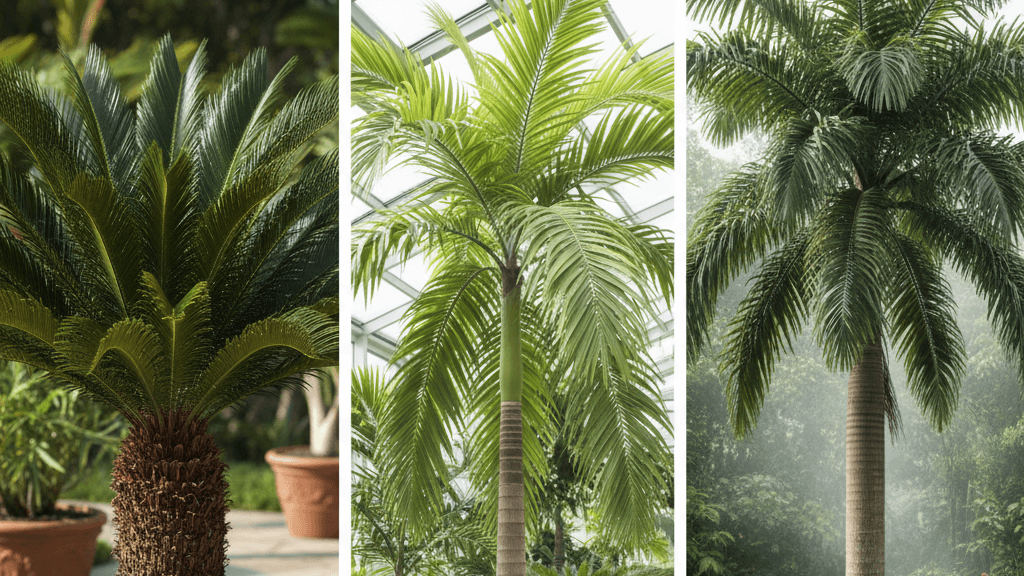
You’ll find this plant segregated into three varieties, each quite different.
1. King Sago Palm (Cycas Revoluta)
Also known as Japanese sago, it’s the most commonly cultivated sago palm.
Known well for its short, shaggy trunk and symmetrical structure of leaves, its growth is more shrub-like than tree-like
Its compact size makes it an ideal choice for your patio or indoors. It doesn’t grow more than 10-12 feet.
Its slow-growing nature can cause it to turn into a full-grown sago palm after almost 50 years.
2. Queen Sago Palm
This variant further bifurcates into Cycas Circinalis, which is native to Southern India and Sri Lanka.
The other being Cycas Rumphii, native to Indonesia, Christmas Island, and New Guinea.
With an impressive lifespan of 100+ years, queen sago boasts a height of 15 feet.
Unlike king sago, this plant has a more tree-like structure and takes almost 50 years to mature as well.
3. True Sago Palm (Metroxylon Sagu)
The only sago palm worthy of being called an actual palm is its native to tropical southeastern Asia.
This, apart from the actual tree-like structure, can grow to a height of over 80 feet, making it not the best choice for households.
The only variant belonging to the genus Metroxylon.
It also serves as the source of starchy sago, which is used in various Asian cuisines for cooking purposes.
A true sago palm thrives in swampy, acidic conditions where other crops might struggle.
How to Grow and Take Care of a Sago Palm?
It’s quite easy to grow and maintain a sago palm, given the limited caveats, though they are to be kept in mind.
1. Soil: These are to be provided with a sandy soil for good drainage; it is best to mix compost and sand in your soil.
2. Water: They prefer a moderate dosage of water; make sure not to overwater, taking special care on the colder days.
3. Light: Sago palms prefer bright light, though it must be indirect; too much sunlight can damage foliage.
4. Temperature and Humidity: These plants have a penchant for humid conditions; they may likely perish in temperatures below 23 degrees fahrenheit.
5. Fertilizer: They are to be fertilized monthly from spring to fall (growing season) using an 18-18-18 NPK ratio; slow-release fertilizers work just as well.
6. Pruning: Salgo palms don’t need regular pruning; simply removing browning fronds would do.
Products to Use for Sago Palm Tree
In the process of growing and maintaining sago palms, you’re bound to encounter the dilemma of choosing among products, searching for the best.
Here are a few options that you could consider, keeping your needs in mind while not burning a hole in your pocket.
1. Gardenera’s SOGO Palm Plant Soil Mix
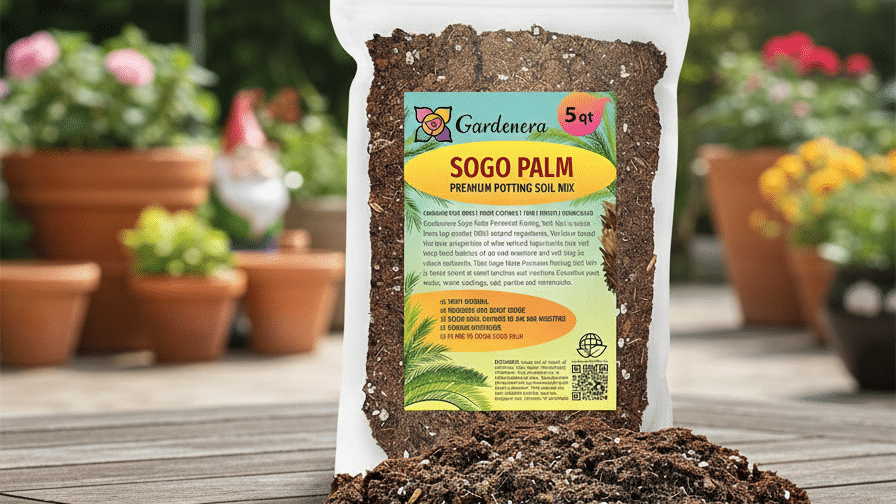
A soil mix can help prevent waterlogging and root rot in your sago palms.
Gardenera’s soil mix makes it possible by combining Canadian peat moss along with vermiculite, sand, perlite, and worm castings, providing optimal thrive to your palms.
Simply check if the mix drains well to prevent overwatering.
This product offers a total of 7 quart bag options to meet your needs.
| Quantity (Quart Bag) | Price |
| 1 | $12.99 |
| 2 | $16.89 |
| 3 | $23.99 |
| 4 | $29.99 |
| 5 | $36.99 |
| 10 | $59.99 |
| 20 | $99.99 |
2. Utopia Home Plant Pots Indoor with Drainage
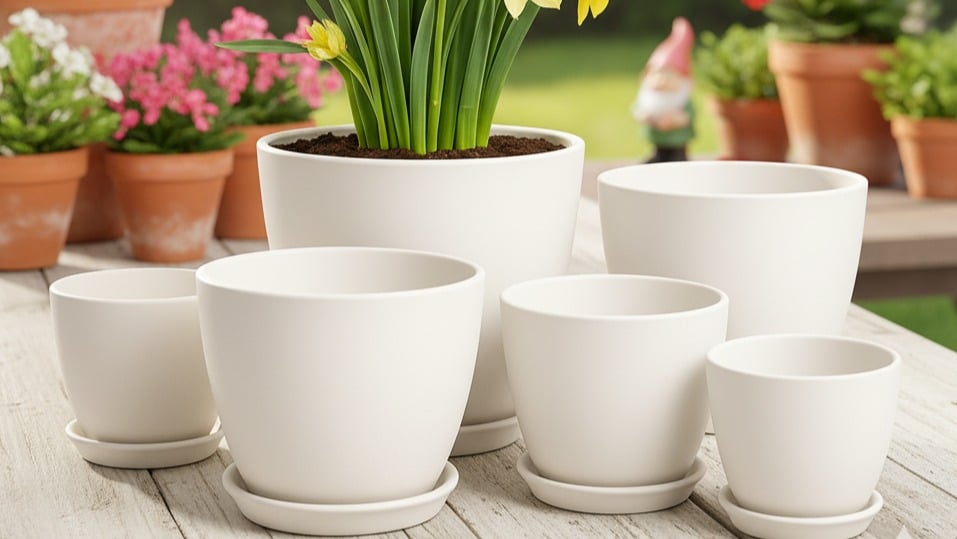
Pots with deftly placed drainage holes allow excess water to escape, thus helping you to keep the soil from becoming too moist.
This product comes in packs of 5 and 10, with different sizes from extra small to extra large, thus providing pot options for planting more than sago palms.
Made with reinforced PP plastic, providing a strong and sturdy pot for growing a soga palm tree.
The pots come in tandem with saucers, enhancing the inherent contemporary look and feel they carry, not to mention the 12 color options provided.
3. Pennington Epsom Salt
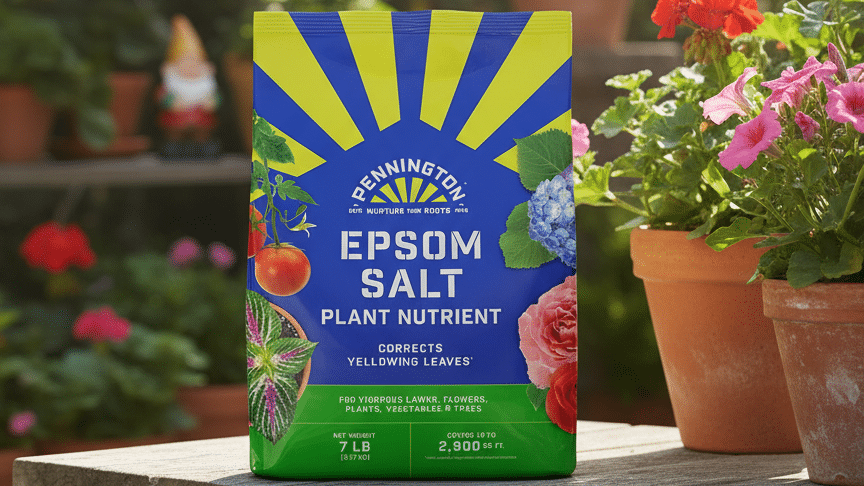
Epsom salts provide your plants with magnesium, helping to keep the sago palm healthy and green.
A little diluted epsom salt can benefit the plant when used every few weeks.
Pennington provides plant nutrition for vigorous lawn work in powder form.
It explicitly mentions that it corrects yellowing leaves, compensating for the magnesium or sulfur deficiencies that your plants face after a while.
4. MIXC Plant Covers Freeze Protection
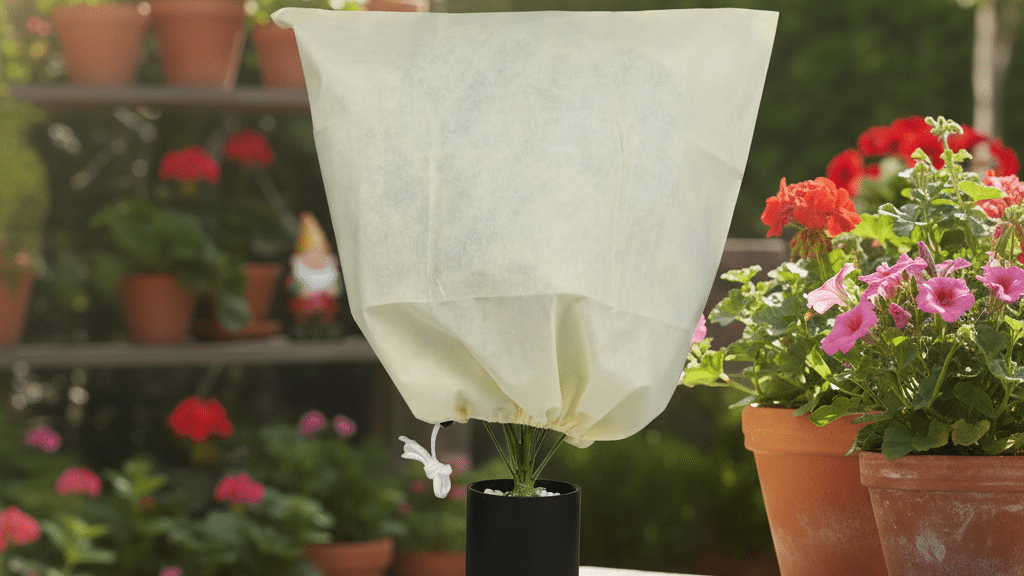
Sago palms need their fair share of warmth; it becomes important to cover them up during winter.
MIXC’s plant covers do the job well, providing 6 size variants, none of which are harmful to the growth of the plant.
Comes with drawstrings that make it easier to cover plants, thus providing you with a sturdy and less effort product.
Made with high-quality, non-woven fabric that allows air and moisture to the plant, ensuring that breathability stays copacetic.
| Size (“W x “H) | Price |
| 23.6 x 23.6 | $12.99 |
| 31.4 x 39.3 | $15.99 |
| 47.2 x 70.8 | $22.99 |
| 43.3 x 15.8 x 17.7 | $18.99 |
| 70.9 x 82.7 | $36.99 |
| 59 x 19.7 x 21.7 | $19.99 |
Problems of Sago Palms
These plants, though, have a list of benefits, but they also come with certain cons.
Depending on your needs, you may choose to have them or not.
1. Yellowing Leaves: It is quite common to encounter yellowing leaves on your sagos. They eventually brown and fall, but ruin the aesthetics, especially indoors.
2. Toxicity: King’s sago, especially, is toxic to both humans and animals. You may need medical attention if you accidentally ingest it.
3. Pests: These are quite susceptible to fungus and cycad scale insects, making their maintenance a tad tedious.
Alternatives to Sago Palms
If the sago palm doesn’t suit you, yet aesthetics are what appeal to you, here are a few alternatives:
- Parlor Palms (Chamaedorea elegans) are a non-toxic alternative with a low-light-tolerant nature.
- Chestnut Dioon is a similar palm-like structure with evergreen fronds and a safter and softer alternative.
- Coontie (Zamia integrifolia) is a non-toxic cycad, good for contemporary designs, and maintains the look.
Conclusion
Sago Palms can add a charm to your indoors and gardens, whilst surprisingly having only the looks of palms and not the DNA.
It doesn’t need you to be pedantic about the growing process, and as for the products needed, the above list would prove helpful.
The three variants of this plant have different offerings, allowing you to choose what suits you best.
Toxicity is a major concern when it comes to placing it indoors, since it impacts both humans and animals.
This plant, while offering low maintenance, still might not be for everybody.
Thus, you must keep personal preferences and provisos in mind.
If sure about these plants, then you’re in for an ornamental plant that provides simple yet timeless dignity.
What products would you use from our recommended list? Let us know in the comments below.
Frequently Asked Questions
Will a Sago Palm Grow Back if Cut Off?
Depends on how you cut it; cutting off a damaged frond won’t cease the growth process, but if you cut the plant to the ground, it will end up dead.
Do Sago Palms Multiply?
Yes, sometimes the mature plants do end up developing bulbs or side shoots on them; the bulbs can be easily cut off and rooted as well.
How Long Can a Sago Palm Go without Water?
Adult sago palms can go for months, even if the plants seem to be dropping leaves; they usually recover after rain.

